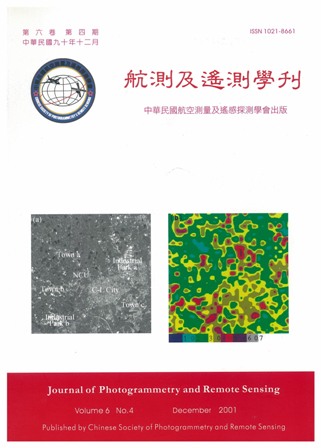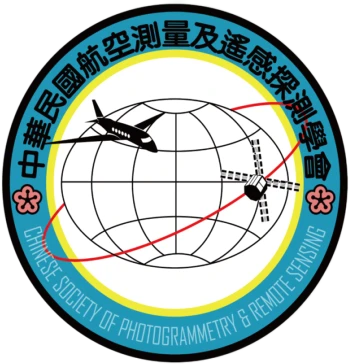This paper presents a simulated error analysis of the GPS (Global Positioning System) occultation technique, which is used by the joint Taiwan-U.S. COSMIC (Constellation Observing System for Meteorology, Ionosphere, and Climate) project to study the Earth's atmosphere and monitor temperature and pressure profiles. A qualitative description of the GPS occultation technique of atmosphere limb sounding is reviewed, and retrieval algorithms for temperature and pressure profiles determination in the absence of water vapor are summarized in this paper. A simulation study was conducted to investigate the impact of various error sources, including integral truncation error, GPS and COSMIC orbit errors, and measurement noises, on the retrieved temperature and pressure profiles. Simulation results show that the induced effects of the above error sources on atmospheric pressure retrieval were less than O.2mb when precise COSMIC orbit ephemeris was used. The corresponding impacts on the retrieved temperature profiles were small (less than 1K) in the troposphere; however, they were substantially greater in the stratosphere (~ 10K). To date, there still remains an outstanding problem in GPS occultation data analysis - the retrieved temperature often displays wave-like fluctuations in the upper atmosphere (> 45km). According to the simulation results contained in this paper, these wave-like motions do not necessarily represent the actual atmospheric temperature behavior; they could also reflect the induced error pattern of the GPS measurement noises.

